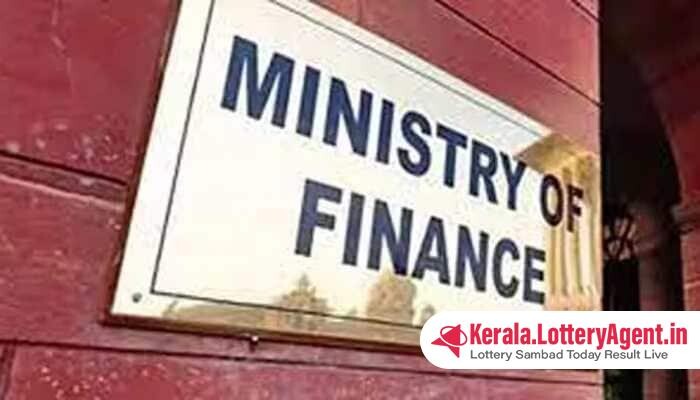
The Indian financial landscape is poised for a significant event as the Finance Ministry disclosed plans on Monday to auction a collection of government bonds valued at an impressive Rs 30,000 crore. Scheduled for April 12, the public auction orchestrated by the Reserve Bank of India’s Mumbai Office will feature bonds in three distinct series. Investors and market watchers are keenly anticipating this auction considering the substantial amounts and the varied maturities of bonds on offer.
The central piece of the auction entails the 7.32 per cent Government Security 2030 that will be auctioned for a notified sum of Rs 11,000 crore. This sale will determine the prices using a price-based auction method with the specificity of the price mechanism at its core. Following suit is the brand-new Government Security 2039, with an allocation worth Rs 10,000 crore, which will be uniquely offered through a yield-based auction using a multiple price method. Rounding out the trio is the 7.30 per cent Government Security 2053, pegged at Rs 9,000 crore, to be also auctioned using the price-based approach and incorporating the multiple price method.
In an intriguing twist to the auction dynamics, the government reserves the right to retain additional subscriptions up to Rs 2,000 crore against any of the securities listed above. This possibility allows the government to absorb a broader volume of funds than initially announced, subject to market demand. Moreover, there’s an inclusive feature designed to foster broader participation: up to 5 per cent of the notified amount of the sale of the securities will be apportioned to eligible individual investors and institutions as per the scheme for non-competitive bidding facility in the auction of government securities. This ensures a wider base of investors can potentially gain access to these financial instruments without competing against the big market players.
Prospective bidders are required to submit their bids electronically via the Reserve Bank of India’s Core Banking Solution, E-Kuber, on the day of the auction. Bidders opting for the non-competitive route must lodge their bids between 10:30 a.m. and 11:00 a.m., while competitive bids must be entered between 10:30 a.m. and 11:30 a.m. The anticipation culminates with the declaration of auction results on the same day, April 12.
Successful bidders are mandated to complete payment by April 15, which establishes their formal acquisition of the securities. In line with RBI policies, these government bonds will be sanctioned for “When Issued” trading, as stipulated under the guidelines for such transactions involving Central Government Securities provided by the Reserve Bank of India.
This announcement reflects a strategic approach by the Finance Ministry in managing the nation’s borrowing program. Markets are expected to keenly observe the demand and pricing for these long-dated assets, which not only reflect investor confidence but also the government’s fiscal outlook. The diverse maturity profile of the bonds is designed to cater to various investor appetites, ensuring a healthy uptake for short, medium, and long-term investments.
The auction represents a critical component of the government’s overall market borrowing strategy to finance fiscal deficit without exerting upward pressure on interest rates. Consequently, the success of this auction will be watched by market participants and policymakers alike as an indicator of market liquidity, long-term investor confidence, and the attractiveness of Indian sovereign debt.
As the finance world turns its attention to this monetary event in India’s economic capital, the outcomes of this auction may serve as a bellwether for the country’s financial health and investor sentiment during this fiscal year. Market participants remain on alert, set to dissect every aspect of the auction process and its results for deeper insights into the evolving narrative of India’s macroeconomic framework.












